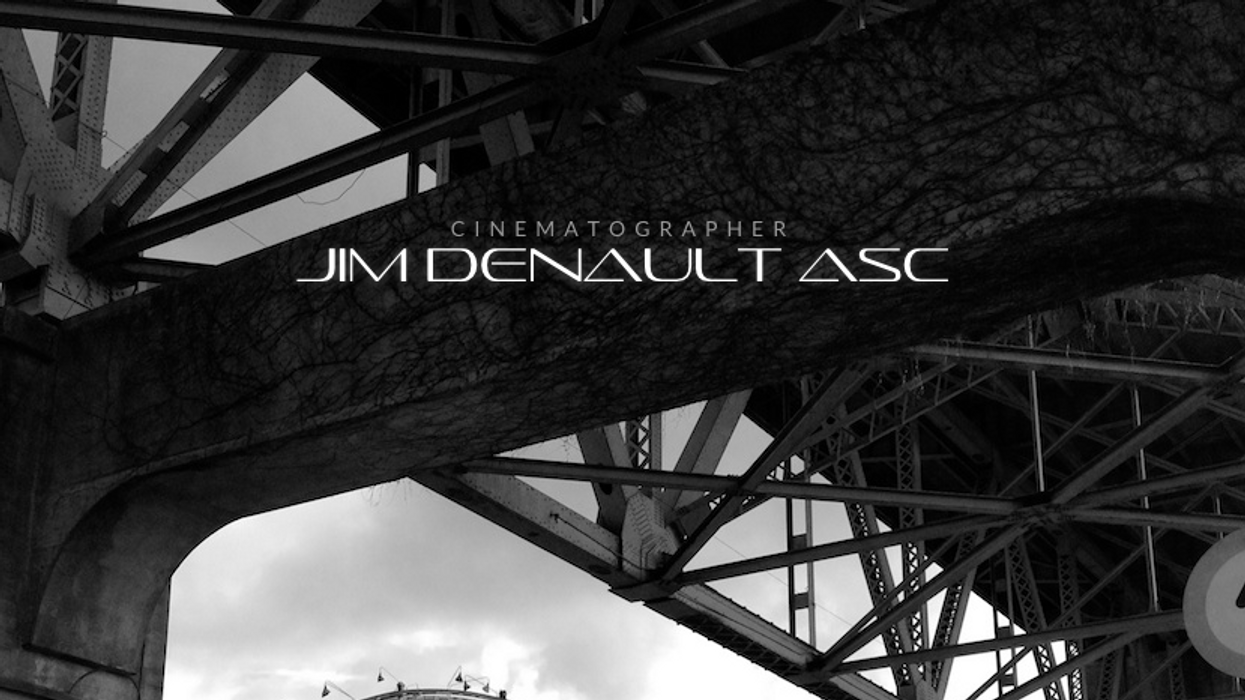How a Professional Cinematographer Breaks Down a Script
Great cinematographers don't just show up on set, capture some images, and call it good. They work tirelessly and meticulously though the pre-production process in order to ensure that once they arrive on set, most of the work has already been done.

While these processes are numerous and range from location scouting to building gear lists, one of the very first, and most critical, is breaking down the script. I've talked about script breakdowns for cinematographers in the past and outlined my own process. However, in an excellent little excerpt from his recent CreativeLive course about cinematography preparation, Jim Denault ASC shared his process for breaking down a script, and it's quite different from mine. This clip includes what he looks for both from an aesthetic point of view (i.e., sketching out how he wants these scenes to look and feel) as well as how to find technical and practical challenges that he and his team need to overcome. Check it out:
This is usually an incredibly difficult and time-consuming process, at least for me. There are several reasons for this, but the primary one is that scripts, by their very nature, often use sparse language that forces you to use your imagination. In order to properly break a script down, you not only have to delve into many of the practical and technical considerations like the ones Jim outlines in the video above, but you should also be thinking about the characters and subtext of the script, and coming up with ideas for how you can visually display that information through composition, camera movement, or lighting.
The biggest takeaway from this is that you should absolutely develop your own process for breaking down a script. Jim created this process based on his particular way of working, so it may or may not be useful to you within the context of your own work. In many ways, his strategy is deeply focused on the practical side of cinematography. He's considering factors about locations and equipment and crew that many of us don't need to think about because we work on a much smaller scale than he does, and with far less money. The way you break down your scripts should reflect that. More than anything, it's important that you think critically about the script breakdown process, and try to pull as much information out of it as you can, because that information will help you make more informed decisions down the road.
Lastly, Jim's courses over on CreativeLive (The Cinematographer Prepares and Shooting The Scene) are absolutely fantastic resources for aspiring DPs because they demystify the entire process Jim has used to shoot countless features and popular television shows over the years. I'll be sharing more excerpts from these courses in the future, but if you want to watch them all the way through, click the links above.
Source: CreativeLive

 No Film School's coverage of
No Film School's coverage of 









